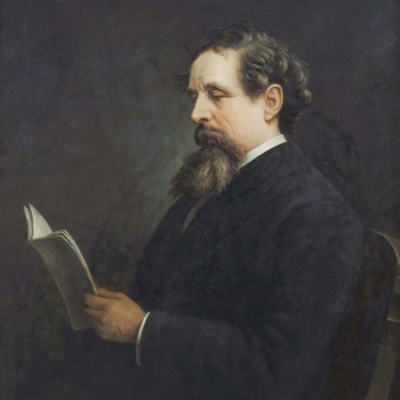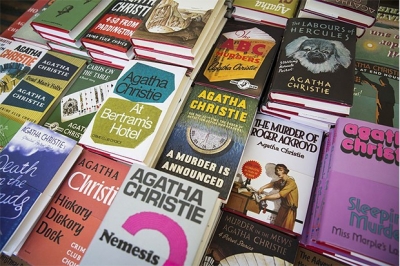
C.S. Lewis gained acclaim as a children’s author for his classic series The Chronicles of Narnia. He also gained acclaim for his popular apologetics, including such works as Mere Christianity and The Screwtape Letters. What is more, he gained acclaim as a science fiction writer for his Ransom Trilogy.
Narnia is a land of adventure and magic. Here animals talk and one’s imagination knows no bounds. There is a talking lion, there is a wardrobe that hies you away to the land of Narnia where adventures are waiting to begin.
The story chronicles the adventures of the four children, Lucy, Peter, Susan and Edmund, when they enter Narnia through an old wardrobe. There they join forces with the lion Aslan in the fight with the wicked White Witch. The Narnia books have sold over 100 million copies till date.
Lewis was born on November 29, 1898 in Belfast, Ireland. He wrote around 40 books, reaching out to a vast section of readers including children and adults.. Lewis was also an academic. He taught English Literature at Oxford University until 1954.
Childhood
Lewis grew up in a household that gave importance to reading and education. Did you know that Lewis was more like a prodigy? He started reading at the age of three and by the age of five, he started writing stories.
The stories revolved around a fantasy land filled with “dressed animals”. This collection of early stories was published as “Boxen: The Imaginary World of the Young C.S. Lewis (1985)”.
Early years
Lewis served in France with the Somerset Light Infantry in World War I. He later started his studies at Oxford. He became a tutor at Magdalen College, Oxford, and later a professor at the University of Cambridge.
Lewis as a writer “Out of the Silent Planet’ (1938), was his first work of fiction that garnered attention. This was followed by “Perelandra” (1943) and ‘That Hideous Strength” (1945) which were both successful. These three novels form a science-fiction trilogy that revolves around the journeys of an English linguist named Elwin Ransom. “The Allegory of Love: A Study in Medieval Tradition” (1936) was Lewis’ first scholarly work.
The enduring appeal of Narnia
It all started in 1950, when “The Lion, the Witch and the Wardrobe” was published. Soon it was followed by a series of six stories that came to be called “The Chronicles of Narnia”, a children’s fantasy book series. The books were then adapted for the big and the small screens. With the series, its author C.S. Lewis became one of the well-loved children’s book authors.
During World War II, four 5 siblings are sent to a safe place to protect themselves from the And at this country house, in the backdrop of all the carnage of the war, they find a magic door, a door to an adventure land- Narnia. One day, Lucy, the youngest of the siblings finds a wardrobe that takes her to the land of talking animals, dwarves, giants and so on. Once she returns from Narnia, she takes her siblings to the adventure land, the place which is at war. Aslan, the talking lion, is gathering an army to fight the evil White Witch who has cursed Narnia with eternal winter. The cousins join the army and fight the war and win, eventually good triumphs over evil. For the children, the wardrobe and Narnia are their escape from the real world, but they triumph in the war they get embroiled in at Narnia. The juxtaposition of the real war with that of the war in the fantasy world of Narnia explores the themes of existence, life and its meaning.
In 1956, Lewis married Joy Davidman Gresham. Six months after their marriage, his wife was diagnosed with advanced cancer. Although her cancer went into a period of remission, the disease returned and she died in 1960. Lewis channelled all his grief into his book “A Grief Observed”, published in 1961. The 1993 biographical drama “Shadowlands” fictionalised their relationship
In 1963 Lewis wrote his last book “Letters to Malcolm.” He died at the age of 64 in 1963.
Picture Credit : Google





